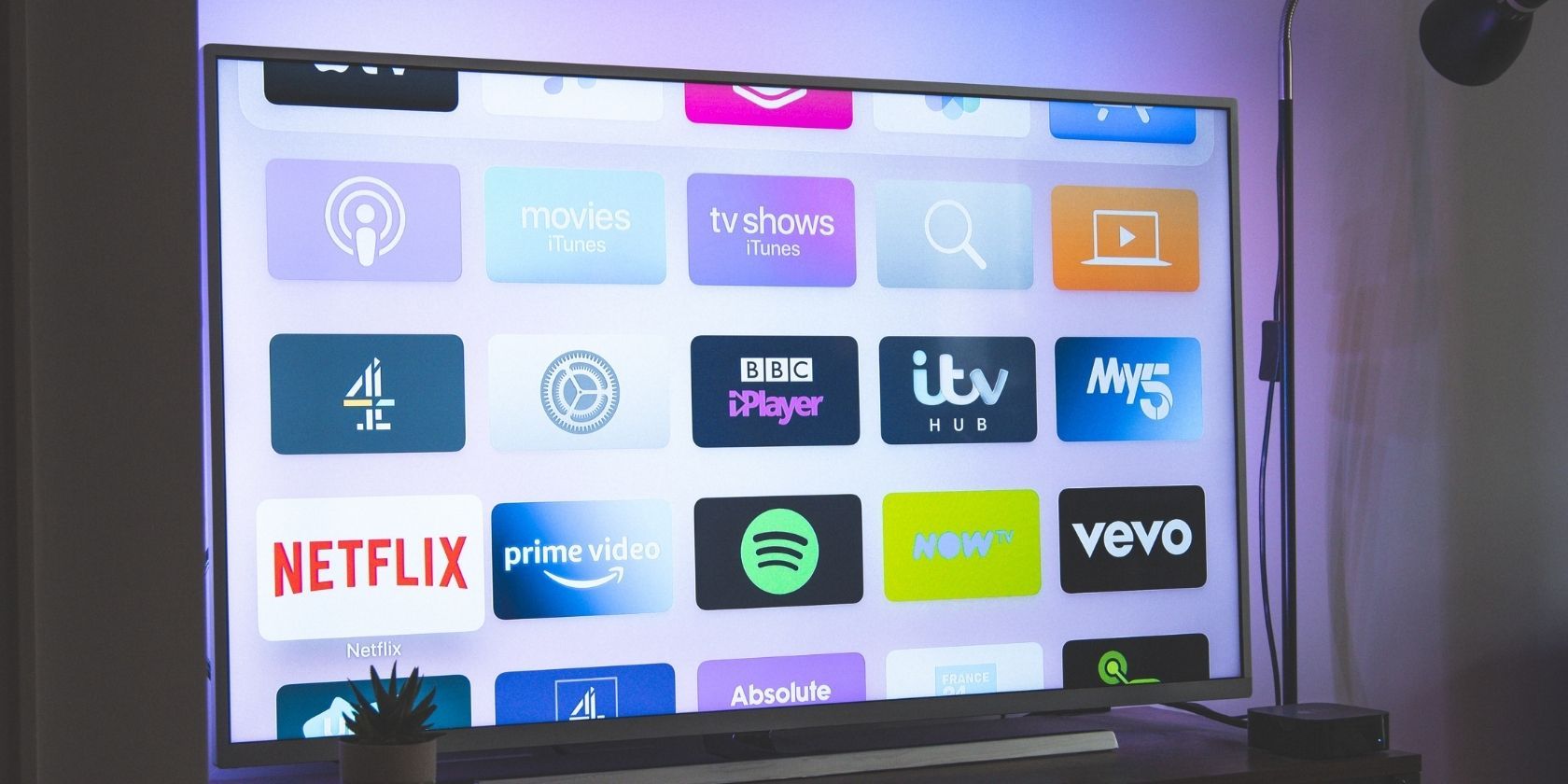Netflix is finally introducing the ad-supported tier it's been talking about for the first half of 2022. But how does it even compare with what other streaming services have to offer?
With Netflix Basic With Ads landing in early November 2022, understanding how Netflix's offer compares to the competition is important, as we all need to know what the streaming industry has to offer and how we can make the best choice.
What Is Netflix Basic with Ads?
Netflix's Basic with Ads is launching on November 3rd, 2022. It's going live in multiple countries, including the United States and the United Kingdom.
The plan is called as such because it "borrows" all the features from the Netflix Basic plan but adds in the ads. Therefore, you'll get the same maximum video quality of 720p and the possibility to view content on a single device at a time. Additionally, you'll also get ads. According to Netflix, the ads will run for 15-30 seconds and play before and during shows and movies.
In exchange for watching ads for four to five minutes every hour, you'll pay $6.99/month instead of $9.99. We've also done a deep dive into everything you need to know about Netflix Basic with Ads if you want to learn more about the subscription plan.
How Netflix Basic with Ads Compares to Other Streaming Services
For years now, streaming services have been slowly moving towards adding ad-supported plans to their services. Some launched with them already, while others introduced them later on.
Clearly, the move comes as the market segmentation continues, with more streaming services popping up, which also means people need to subscribe to more of them to watch all their beloved content. Nowadays, there are many streaming services with ad-supported tiers, so let's take a look at Netflix's competition.
Hulu
Hulu also has its ad-supported tier at the $6.99/month price point. Subscribers get to enjoy content on up to two devices at the same time and have no restrictions in terms of what content they can access.
A MediaRadar report indicates that viewers get to watch about 12 ads every hour.
HBO Max
On HBO Max, the ad-supported plan was added in 2021. Priced at $9.99/month, it's $5 less than the regular ad-free tier. Users enjoy the same content library as everyone else, but they do not get access to content in 4K UHD and cannot download content for offline viewing.
Ads are displayed when browsing and streaming HBO Max content and average about four minutes per hour, according to HBO's Help page.
Paramount+
Paramount+ also provides an ad-supported plan that is priced at $4.99/month, which is also $5 under the ad-free alternative. Users of Paramount+ Essential do not have access to live CBS stations, although they still get to watch the NFL and UEFA Champions League live feeds. Downloads for offline viewing is not available, either.
Other than that, all Paramount+ users get the same content library. A 2021 MediaRadar report indicates that Paramount+ ran an average of 23 ads in an hour, which amounts to about seven to 10 minutes.
Peacock
The ad-supported subscription plan on Peacock also costs $4.99/month, while the ad-free option goes for $9.99/month. Subscribers get access to the same media library as those who pay for the Premium Plus plan, but they cannot download and watch select titles offline.
Peacock users get about eight ads per hour, as per the MediaRadar report, which is less than most other streaming services.
What's great about Peacock is that it also offers a selection of shows, movies, and live TV channels for free, making it one of the best free movie apps to watch movies.
Discovery+
Discovery+ has two plans, including an ad-supported one, which costs $4.99/month. That is only $2 less than the ad-free subscription plan. The presence of the ads is the only difference between the two plans.
Subscribers of the ad-supported plan get about 10 ads every hour, shows the MediaRadar report.
To Ads or Not to Ads
Whether or not you're going to subscribe to the ad-supported plan or not is up to you, but as you can see, there's somewhat of a split between companies offering these plans. Some will offer a pay cut in exchange for ads and the same perks as their premium plans. Others will also cut off some of your benefits, like downloads of offline viewing.


